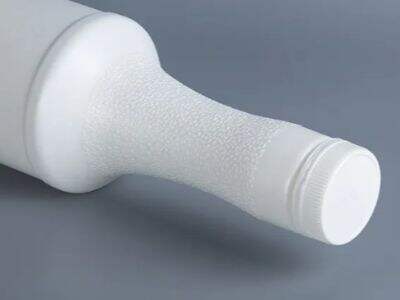Selecting the right type of bottles for liquids when used in a lab is crucial. And, if the liquid and the bottle don’t get well along with each other, then it can create a ton of problems. In this guide, we will discover how to choose the right bottle, why it is crucial to make the right decision, how to recognize hazardous materials, and we will also share some tips for selecting the best bottles for all of your lab needs.
Guide to Selecting the Right Bottle
The secret to picking the right bottle is being informed about what’s inside the bottle and what the bottle itself is. Bottles are made from different materials, glass or different types of plastic. You must select a bottle that will not respond poorly with the contents that goes into it. If the bottle interacts with your liquid then it can alter the liquid or disrupt your experiments. Some types of plastic can also leech toxic chemicals into liquids, rendering them unsafe to use. Hence, it is extremely important to ensure that the bottle would do well in terms of keeping the liquid clean and safe.
Why It Matters When Choosing a Bottle
There are some factors should consider when choose the right bottle. First, if your liquid reacts with the bottle, it may alter your experiment outcomes. The only caveat is that you may get wrong answers, while you are trying to learn something new. Secondly, using an incorrect bottle can also be risky. Some potent liquids can eat through the bottle, leading to leakage or spillage. That can create risks for yourself and others. Selecting the correct bottle ensures everything remains safe and accurate in the lab — which is essential for good science.
Recognizing Hazardous Substances and Selecting the Appropriate Bottle for Safe Use
Many liquids, for example strong acids and bases, can be toxic. These toxic compounds will destroy plastic bottles over time and will make the bottles weak and unsafe to use. You want a bottle that can handle these types of liquid without easily getting damaged. Bottles made from glass or certain plastics, such as polypropylene, are generally preferable because they aren’t as easily damaged and need to protect the contents inside. You can safely work with these hazardous materials by choosing the right type of bottle.
Selecting Bottle Materials by Liquid Characteristics
When choosing a bottle, it’s also good to consider how the liquid tastes. Additionally, some plastics (like polyethylene or PVC) have special properties that might not work well with particular liquids. Some chemicals are able to break down or react with plastics, for example, so that can be dangerous. Matching the bottle material with the properties of the liquid is critical to their compatibility. That should keep you out of trouble and your experiments on schedule.
Choosing the Best Bottles for Your Lab Needs: Expert Tips
Read on for some expert guidelines for selecting the right bottles for your lab:
Consider the temperature: Some liquids can be extremely hot, or extremely cold. Some bottles aren’t able to withstand extreme temperatures, causing them to either break or leak. Always think about what the liquid will be stored at.
Think about size and shape: Some liquids require larger or differently shaped bottles for proper storage and handling. If you're following a recipe, be sure to choose a bottle that works for whatever liquid you're using.
Look at how you plan to use the bottle: Some chemicals require special caps or nozzles to prevent everything from getting messy and unsafe. Make certain that the bottle you buy is intended for the mode of use you’ll need.

